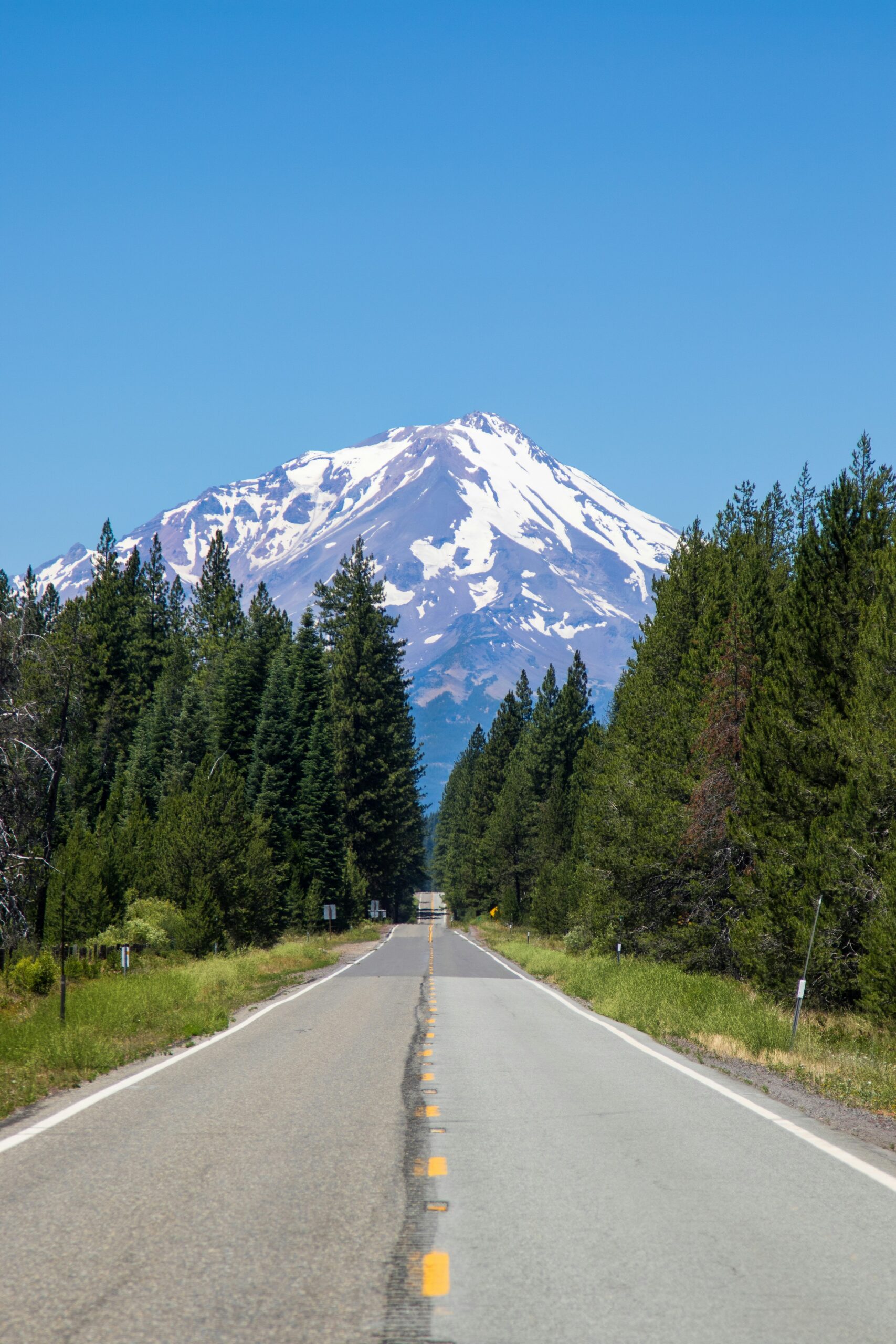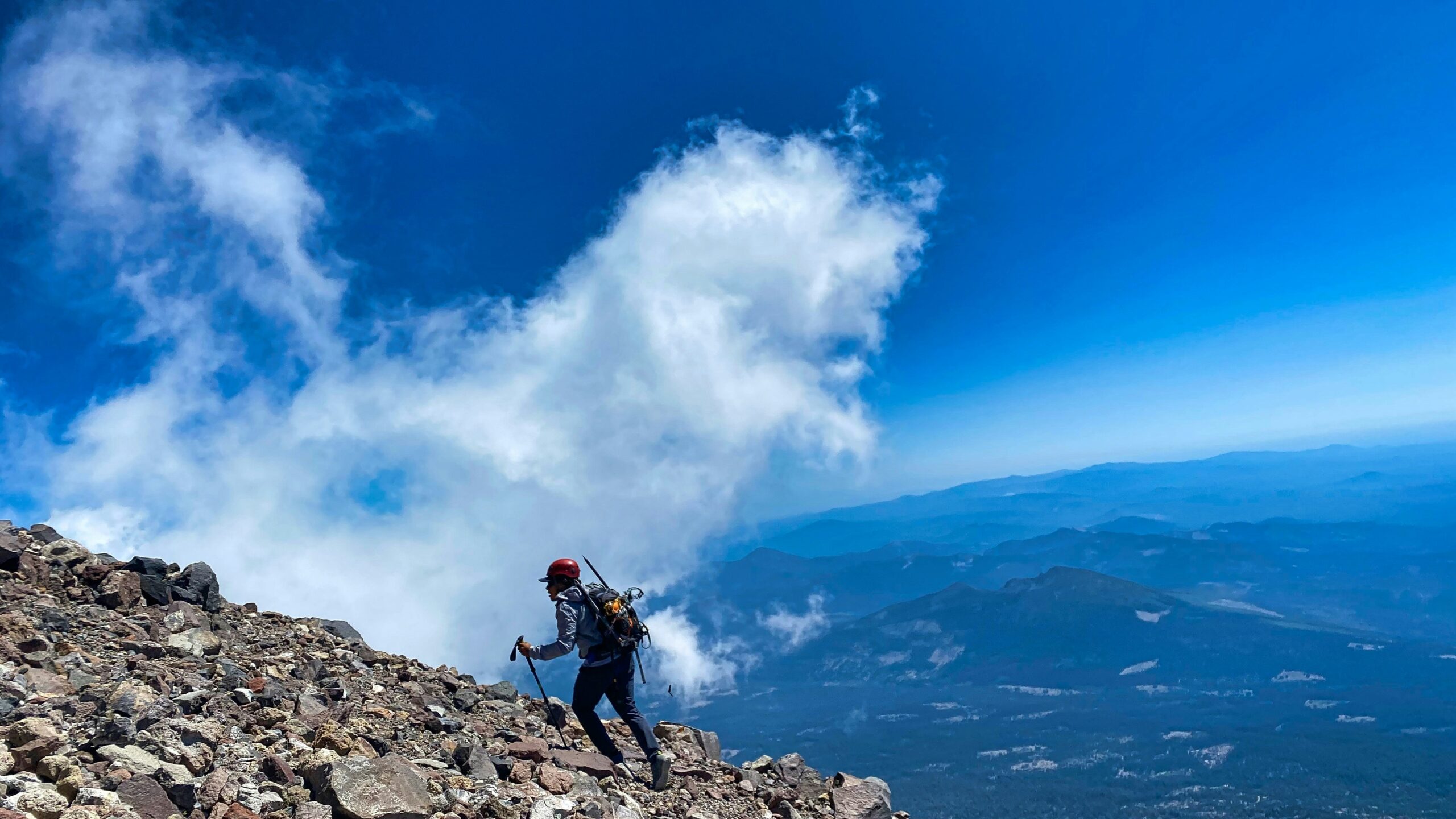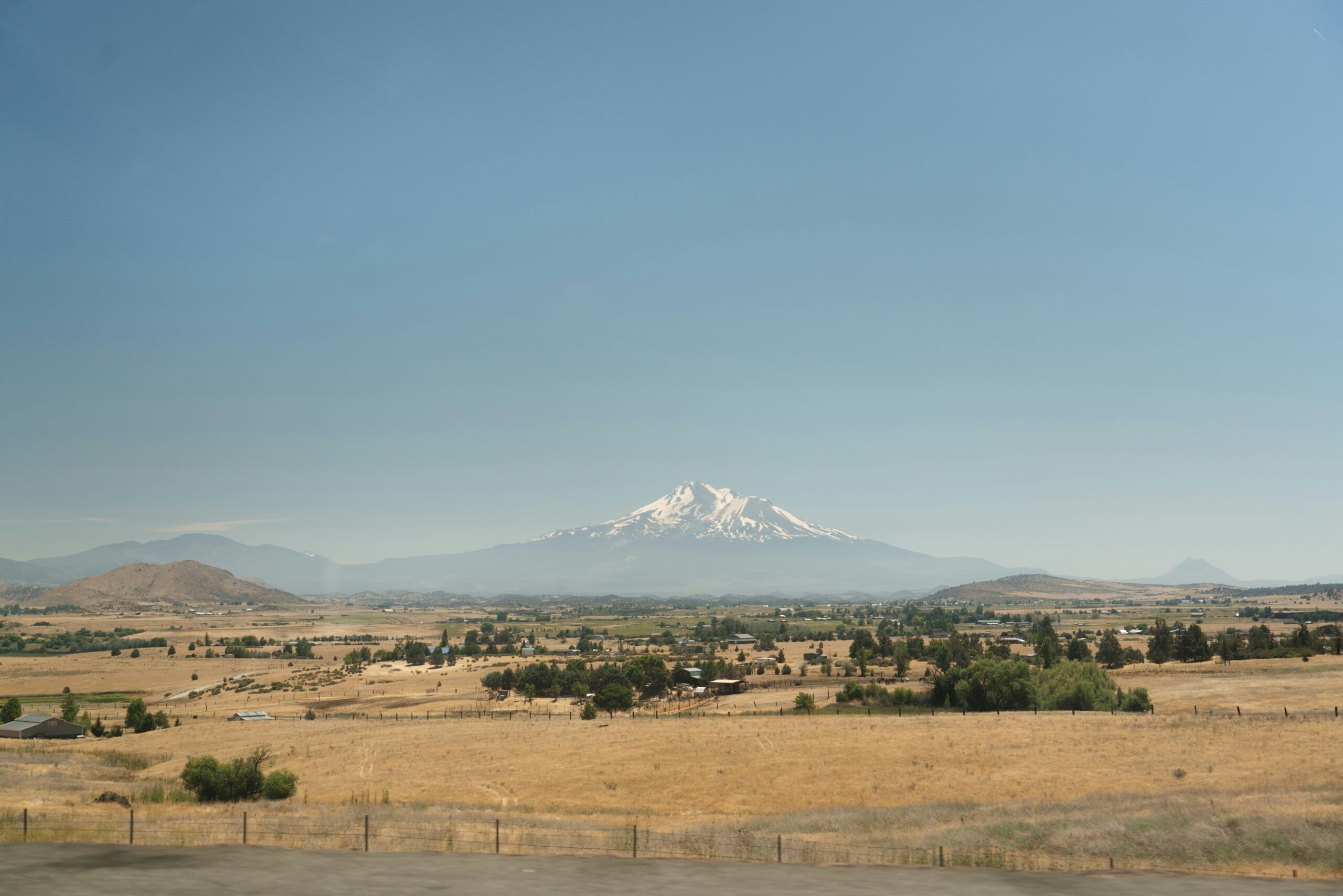Have you ever wondered if there are any sparkling lakes nestled within the stunning landscape of Mount Shasta, just waiting for you to explore? Well, you're in luck! This article will uncover the hidden gems that lie in the shadow of this majestic mountain, and reveal whether there are any lakes suitable for kayaking or canoeing. So, grab your paddles and get ready for an adventure like no other!
Overview Of Mount Shasta
Geographical Locale
Mount Shasta is a majestic volcanic peak located in Northern California, towering over the Shasta-Trinity National Forest. It is part of the Cascade Range and stands at an impressive elevation of 14,179 feet (4,322 meters). Situated in Siskiyou County, Mount Shasta offers breathtaking views and a rich natural landscape.
Mount Shasta's Significance
Mount Shasta holds great significance for various reasons. It is not only the second-highest peak in the Cascade Range but also a prominent landmark in the region. Native American tribes consider it a sacred site, with many legends and stories associated with the mountain. For outdoor enthusiasts, Mount Shasta is a paradise, offering numerous recreational activities such as hiking, climbing, camping, and of course, kayaking and canoeing.
Description of the Terrain
The terrain around Mount Shasta is diverse and stunning. From lush green forests to alpine meadows and snow-capped peaks, the landscape offers a picturesque backdrop for outdoor adventures. The mountain boasts multiple glaciers, with the largest being the Whitney Glacier. The surrounding area is adorned with pristine lakes, some of which are ideal for kayaking and canoeing, providing visitors with the opportunity to immerse themselves in the tranquility of the water while surrounded by nature's beauty.
Understanding Kayaking and Canoeing
What is Kayaking?
Kayaking is a recreational water sport that involves propelling oneself across a body of water using a kayak, a narrow and lightweight watercraft. It typically requires the use of a double-bladed paddle for maneuvering. Kayaking can be enjoyed in various forms, such as whitewater kayaking, sea kayaking, and recreational kayaking.
What is Canoeing?
Canoeing, on the other hand, involves navigating through water using a canoe, a narrow vessel with pointed ends. Unlike kayaking, which is primarily done with a double-bladed paddle, canoeing typically utilizes a single-bladed paddle. Canoeing offers a slower-paced experience, allowing individuals to enjoy the scenery and nature around them while paddling.
Optimum Conditions for Kayaking or Canoeing
Before embarking on a kayaking or canoeing adventure, it is crucial to consider the weather and water conditions. Calm and clear days are ideal for a peaceful and enjoyable experience on the water. It is recommended to avoid kayaking or canoeing during storms, strong winds, or when the visibility is poor. Additionally, it is important to be aware of any potential hazards or changes in weather conditions and plan accordingly to ensure a safe and pleasant outing.

Lakes in Mount Shasta
Number of Lakes Around Mount Shasta
Mount Shasta is adorned with a number of stunning lakes, offering ample opportunities for kayaking and canoeing enthusiasts. The exact number of lakes may vary depending on the source, but there are approximately 200 lakes in the vicinity of Mount Shasta, each with its own unique beauty and charm.
Names of Notable Lakes on Mount Shasta
Some of the notable lakes in the Mount Shasta area include Heart Lake, Castle Lake, Lake Siskiyou, Cliff Lake, and Gumboot Lake. These lakes are known for their scenic surroundings and potential suitability for kayaking and canoeing activities.
Accessibility of these Lakes
The lakes around Mount Shasta vary in terms of accessibility. Some lakes are easily accessible by car, with designated parking areas and trails leading to the water's edge. Others may require a moderate hike or trek through the wilderness to reach them. It is important to research and plan ahead, considering your desired level of adventure and accessibility when choosing a lake for kayaking or canoeing.
Assessing Kayaking or Canoeing Suitability
Factors that Determine a Suitable Kayaking or Canoeing Lake
When assessing the suitability of a lake for kayaking or canoeing, several factors should be considered. First and foremost, the size and depth of the lake play a crucial role. Lakes with sufficient size and depth allow for a safer and more enjoyable kayaking or canoeing experience. Additionally, the presence of obstacles, such as rocks or fallen trees, should be taken into account to ensure a smooth and obstacle-free journey. The water conditions, including currents, waves, and wind patterns, should also be assessed to determine the lake's suitability for kayaking or canoeing.
Necessary Precautions to Take
While kayaking and canoeing offer incredible experiences, it is essential to prioritize safety. Before setting out on the water, always wear a life jacket and ensure that you have the necessary safety equipment, such as a whistle and a first aid kit. It is advisable to inform someone about your plans, including the lake you intend to visit and the expected duration of your outing. Regularly check weather forecasts and be prepared for unexpected changes. Additionally, it is important to possess basic kayaking or canoeing skills and be aware of your own limitations to avoid any unnecessary risks.
Identifying Signs of a Suitable Lake
Identifying signs of a suitable lake for kayaking or canoeing involves careful observation and research. Look for lakes that are known to have calm waters, minimal currents, and winds, especially if you are a beginner or prefer a more relaxed experience. Seek out lakes with clear water, as it allows for better visual navigation and the opportunity to observe the underwater flora and fauna. It is also worthwhile to consider the availability of launch sites, parking facilities, and any specific regulations or restrictions that may be in place for a particular lake.

Heart Lake
Location of Heart Lake
Heart Lake is situated in the Mount Shasta Wilderness, east of the main peak of Mount Shasta. It is nestled at an elevation of approximately 6,823 feet (2,080 meters).
Size and Depth of Heart Lake
Heart Lake covers an area of about 20 acres and offers a maximum depth of around 55 feet.
Is Heart Lake Suitable for Kayaking or Canoeing?
Heart Lake is well-known for its serene beauty, surrounded by towering trees and breathtaking mountain views. While Heart Lake is suitable for kayaking and canoeing, it is important to note that motorized watercraft are not allowed, ensuring a peaceful and environmentally-friendly experience. The calm waters and the absence of major obstacles make it an ideal location for beginners or those seeking a tranquil paddle.
Castle Lake
Location of Castle Lake
Castle Lake is located to the southwest of Mount Shasta, within the Shasta-Trinity National Forest. It can be reached via Castle Lake Road, and it sits at an elevation of approximately 5,450 feet (1,661 meters).
Size and Depth of Castle Lake
Castle Lake covers an area of approximately 47.5 acres and reaches a maximum depth of about 110 feet.
Is Castle Lake Suitable for Kayaking or Canoeing?
Castle Lake is a popular destination for kayaking and canoeing enthusiasts. Its crystal-clear waters and stunning mountain backdrop make for an unforgettable experience. The lake's size and depth offer opportunities for exploration and enjoyment. However, it is important to note that winds can pick up in the afternoons, creating choppy conditions, so it is advisable to kayak or canoe in the mornings or during calmer weather conditions.

Lake Siskiyou
Location of Lake Siskiyou
Lake Siskiyou is conveniently located just four miles southwest of the town of Mount Shasta. It can be reached by following W. A. Barr Road, off of South Mount Shasta Boulevard.
Size and Depth of Lake Siskiyou
Covering an expansive area of approximately 430 acres, Lake Siskiyou offers a maximum depth of around 88 feet.
Is Lake Siskiyou Suitable for Kayaking or Canoeing?
Lake Siskiyou is a popular destination for kayakers and canoers alike. With its vast expanse of water and stunning mountain views, it provides ample opportunities for exploration and recreation. The lake's size and depth offer a variety of routes and areas to discover, making it suitable for both beginners and experienced paddlers. However, it is important to be cautious of motorized boats and jet skis, as they may create waves and disturb the tranquility of the lake.
Cliff Lake
Location of Cliff Lake
Cliff Lake is nestled within the Mount Shasta Wilderness to the south of Mount Shasta. It can be accessed via a trailhead near Castle Lake.
Size and Depth of Cliff Lake
Cliff Lake spans approximately 10 acres and has a maximum depth of around 20 feet.
Is Cliff Lake Suitable for Kayaking or Canoeing?
Cliff Lake offers a more secluded and serene experience for kayakers and canoers. Surrounded by towering cliffs and dense forests, it provides a tranquil setting for those seeking solace in nature. Although smaller in size and depth compared to other lakes in the area, Cliff Lake is still suitable for kayaking and canoeing. However, it is essential for paddlers to be mindful of any submerged rocks or fallen trees that may be present in the deeper sections of the lake.
Gumboot Lake
Location of Gumboot Lake
Gumboot Lake is situated in the Russian Wilderness, northeast of Mount Shasta. Access to Gumboot Lake can be achieved via the Pacific Crest Trail.
Size and Depth of Gumboot Lake
Gumboot Lake spans approximately 32 acres and reaches a maximum depth of about 45 feet.
Is Gumboot Lake Suitable for Kayaking or Canoeing?
Gumboot Lake is another hidden gem near Mount Shasta, offering a peaceful and picturesque setting. With its clear waters and scenic surroundings, it is a popular choice for kayaking and canoeing. However, it is important to note that the lake's accessibility can vary depending on water levels, so it is advisable to check the conditions ahead of time. Paddlers should also be aware of any potential hazards, such as submerged logs or vegetation, that may be encountered.
Permit Requirements and Regulations
Obtaining a Kayaking or Canoeing Permit in Mount Shasta
While kayaking and canoeing in Mount Shasta do not usually require a specific permit, it is important to familiarize yourself with any regulations or requirements set forth by the managing authorities. Some lakes in the area may have specific rules and fees in place, especially for camping or parking. It is advisable to visit the relevant websites or contact the local authorities to obtain up-to-date information regarding permits or any other regulations that may apply.
Safety Regulations for Kayaking and Canoeing
To ensure a safe and enjoyable experience, it is crucial to adhere to safety regulations when kayaking or canoeing in Mount Shasta. Always wear a life jacket and carry the necessary safety equipment, such as a whistle and a first aid kit. Be mindful of weather conditions and any potential changes in water conditions. It is advisable to paddle with a partner, inform someone about your plans, and establish a communication plan in case of emergencies. It is also important to possess the appropriate skills and knowledge for kayaking or canoeing, and to continuously monitor your own abilities and limitations.
Environment Conservation Rules for Visitors
As visitors to the beautiful Mount Shasta region, it is important to respect and protect the natural environment. Leave no trace by picking up any litter or debris and disposing of it appropriately. Avoid disturbing wildlife or their habitats, and adhere to any specific guidelines or restrictions set forth by the managing authorities. Consider the impact of sunscreen and other personal care products on the water and surrounding ecosystem, and opt for eco-friendly alternatives when possible. By being conscientious visitors, we can contribute to the preservation of Mount Shasta's pristine beauty for future generations to enjoy.
In conclusion, Mount Shasta offers a treasure trove of lakes suitable for kayaking and canoeing. From the tranquil beauty of Heart Lake to the expansive adventures on Lake Siskiyou, each lake provides a unique experience surrounded by the breathtaking landscape of Mount Shasta. By understanding the factors that determine suitability, taking necessary precautions, and abiding by permit requirements and regulations, visitors can embark on unforgettable journeys and create cherished memories in this remarkable natural playground. So grab your paddle and prepare to explore the wonders of kayaking and canoeing in Mount Shasta!
